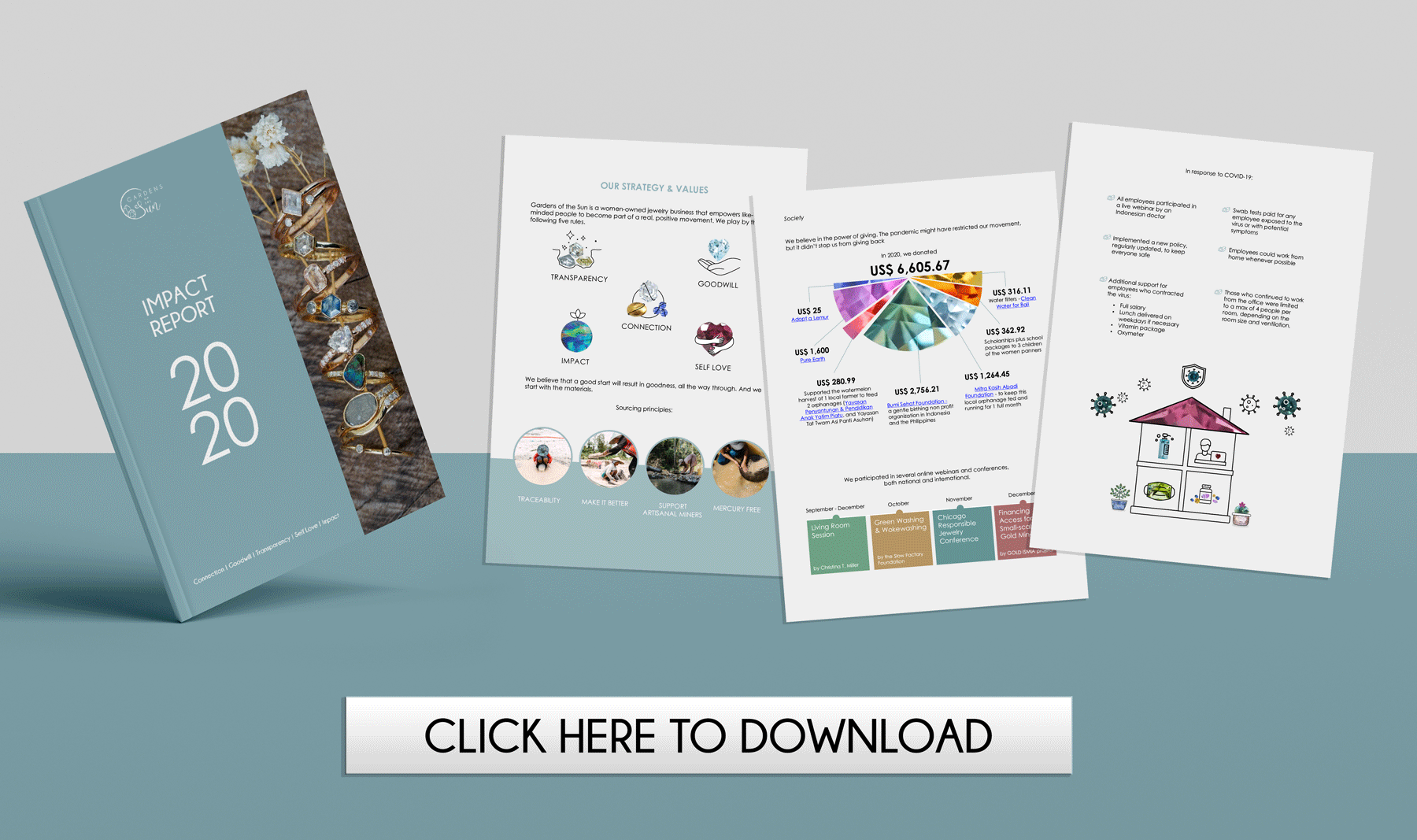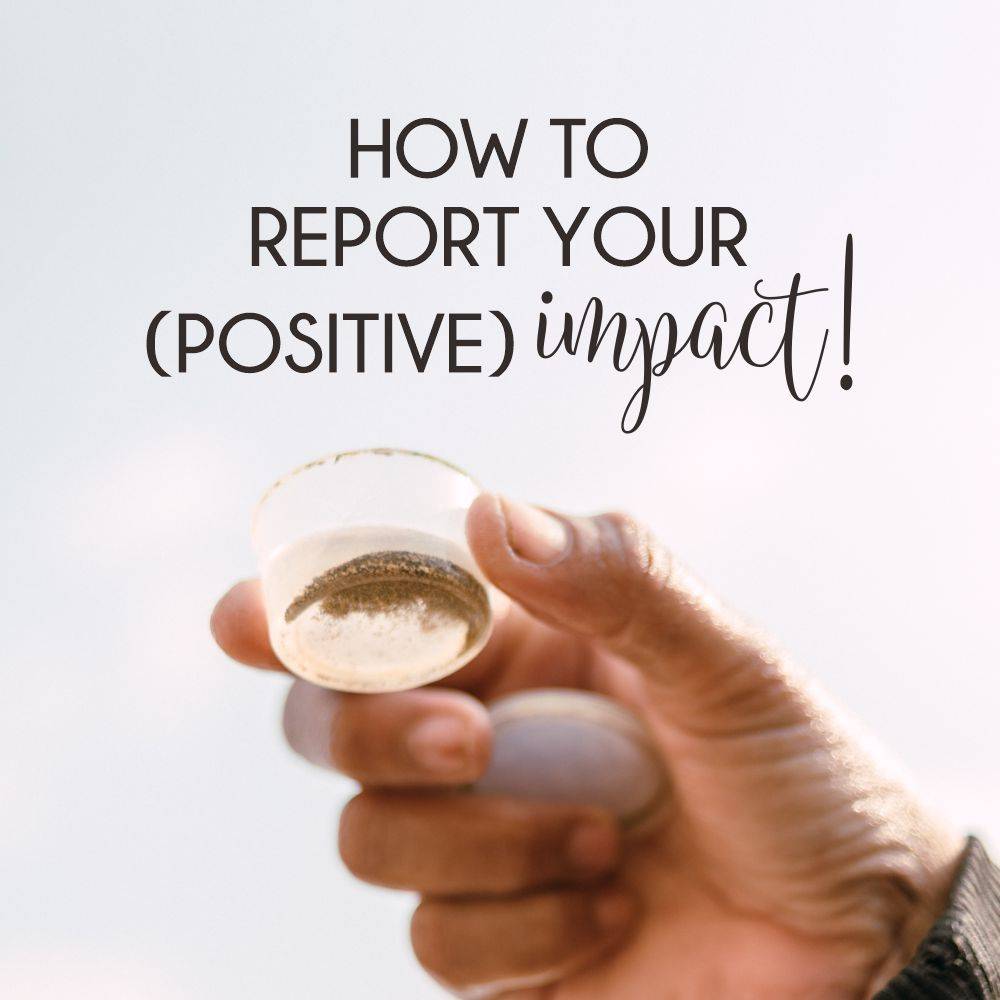Your Cart is Empty
Journey Beyond Jewelry:
How to report your (positive) impact!
Being transparent takes guts. Like a lot of guts. We’ve shared with you the painstaking effort to measure our carbon throughout 2020, but saying it out loud is a different story.
Our impact report is kind of like our journal - a very personal journal. It’s a record of our own becoming and our setbacks. That’s why it can be so scary to share.
There are a lot of murky parts of our business. Decisions that are a catch 22. Sacrifices we make for the greater good. And of course there are plenty of ‘secret recipes’. In our attempt to be as transparent and as ethical as possible, these dilemmas felt real even on a daily basis.
But I guess it’s just like a stage fright. The more you do it, the more you loosen up.
“It’s an exercise,” says Evi, our Sustainability Manager.
We wrote our first Impact Report over 2018, not long after we journeyed through Borneo’s deepest jungle for ethical gold. And if you’re on a journey for a guilt-free life like us, setting a yearly goal for the environment and then documenting the progress will be so worth it.
It’s like a resolution. But it’s for you, and others too.
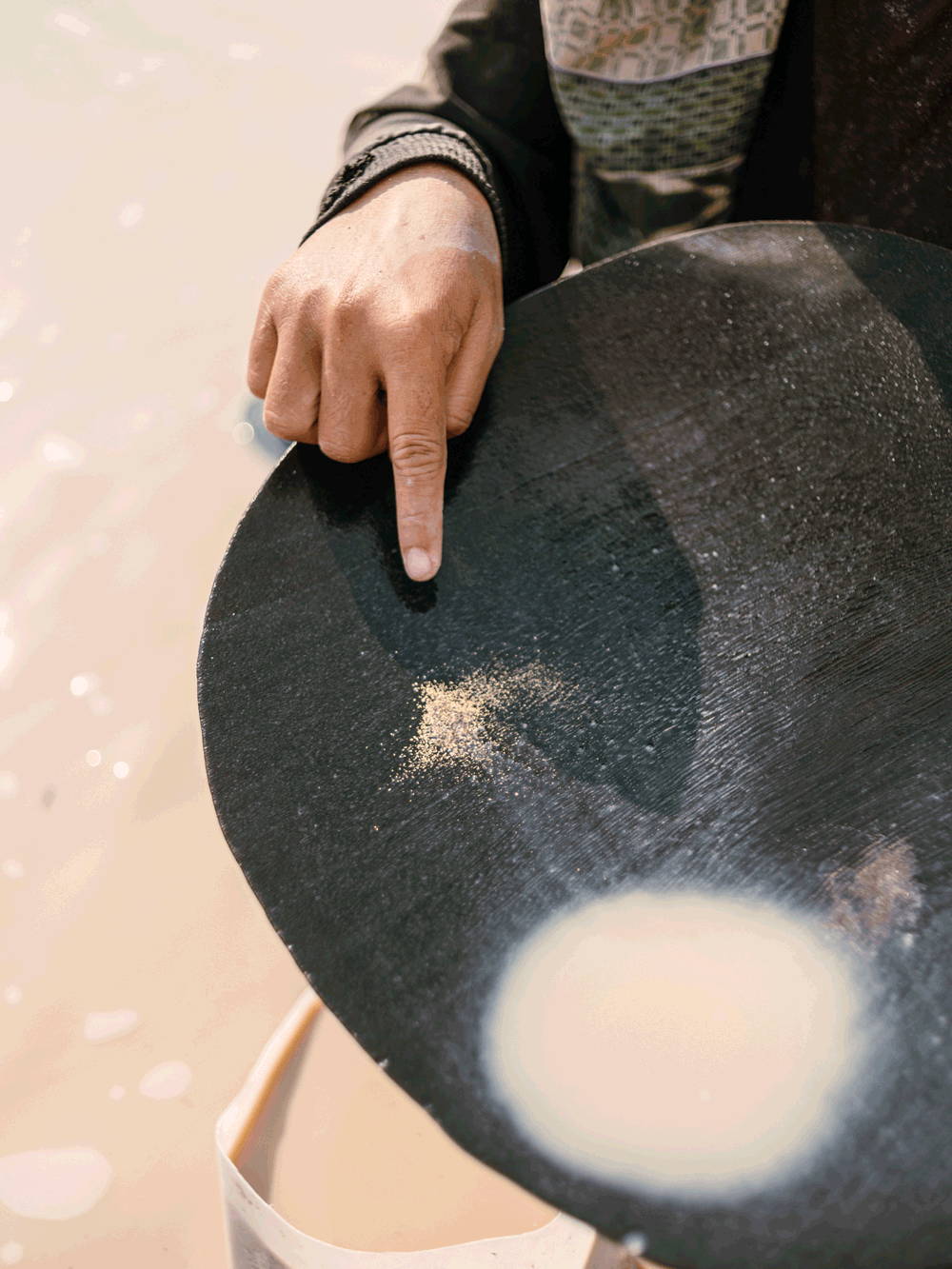
Borneo's gold
What an impact report can do for you:
Build trustwith your customers and fans.
Improve your action plan. When you realise the most urgent problems to solve, you’ll think of a better plan to mitigate them.
For the sake of accountability. It’s not just some rah-rah-rah for investors or a shiny report to display, but it’s vulnerability in action. It’s a way to keep our promises real.
A good exercise for your internal team to measure the impact of your activities, both the positive and negative. Plus point: if you’re thinking of getting any sustainability certifications, this is a good way to build credentials.
Recording your progress. Looking back and knowing how far you’ve come is so satisfying. Our annual reports show our incremental steps, and reading one after the other makes a good reason for some celebratory dance.
A reason to growyour sustainability team! Don’t even think about doing this yourself. From recording to writing, this job needs a lot of hats!
Something to look back to 10 years from now.
So how do you create an impact report
(the least painful way possible)?
1.
Set the goal and determine the readers
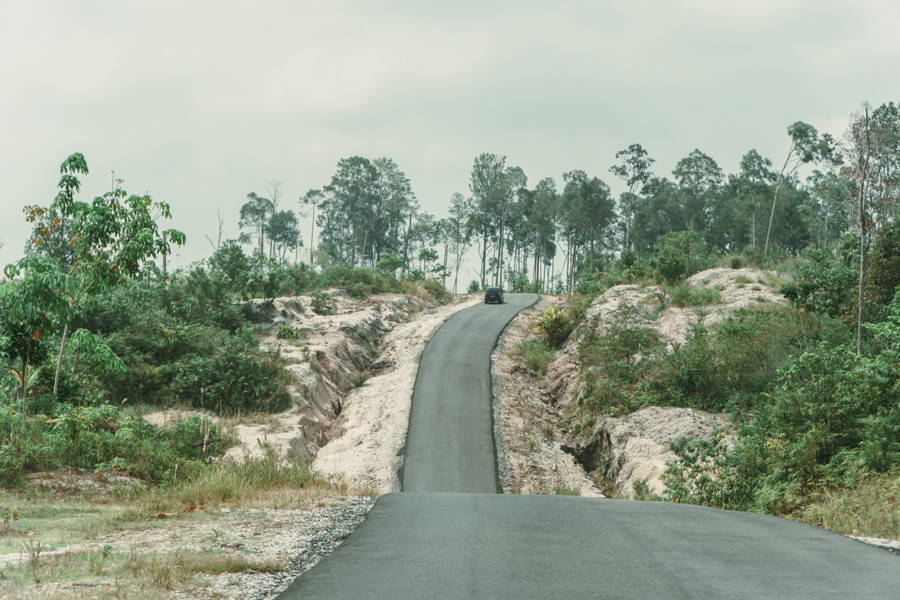
One of our first trips to Borneo to meet our gold miners.
Sometimes an impact report takes into account the financial investment to grow the business sustainably, what it has achieved, or what it has missed.
In our case, it’s a tool to communicate our story to our consumers; stories which lack the glamour for an Instagram post, but are essential to keep the business running sustainably. It also allows us to go way more in depth than a social media post can do.
What kind of goal is realistic? For one, goals which won’t burn your money to the point you can’t profit reasonably. Think of the feasibility of your long and short term goals, and the resources you have. Prioritize environmental footprint reduction and progressive impact, not instant results.
2.
Set the indicators to measure your sustainability goals
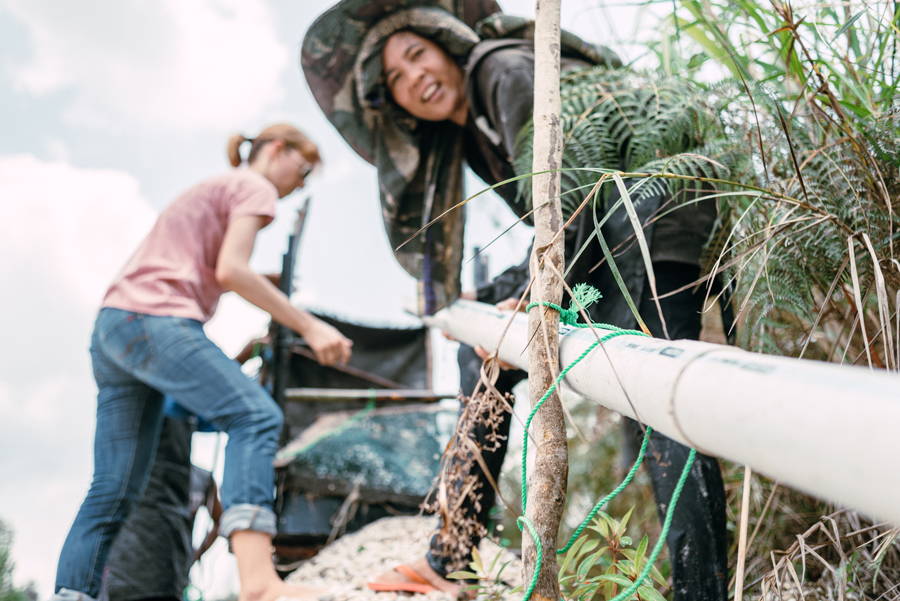
Mining preparations.
What’s that one story (or a few) you can’t stop talking about? Maybe you’re committed to reducing material waste, investing in the community, giving fair pay to labor, or sourcing responsibly.
Find the best way (and easiest!) to break down your goal into measurable pieces. We used indicators like the number of trees planted or weight of mercury pollution reduced. The right indicators will help you understand the problem, and act as a tracker of your success.
3.
Set the boundaries
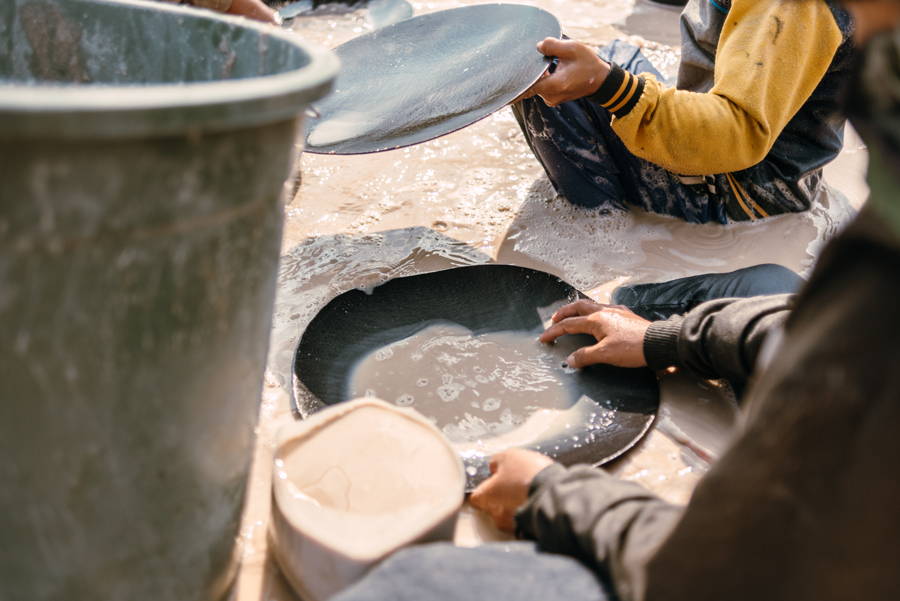
What a low-impact gold panning method truly looks like.
Okay, but how do you count, for example, the material waste of your production exactly? How much accuracy do you need and how many details do you give?
There’s a term which keeps coming back to us: impact boundaries. In our process, we’re constantly torn about wanting to give you ultimate transparency but also held back by limited time and resources. That’s why we set impact boundaries.
For instance, we measure the financial impact of us buying ethical gold on the miner families, but we don’t take into account how the money is being used. You can say this limits our understanding about how much social impact we’re actually contributing to their personal lives, and how we can better fill in their gaps. And yes, that might be true to an extent.
But as we’re delving deep (before we get tangled into the details), sometimes it’s important to remember the big picture. In any case, it’s important to finish, and refine the process along the way.
Maybe right now you don’t have a team dedicated to track down and measure the carbon footprint right from the source, or to be in correspondence with third-party organizations and partners to help you count the number of lemurs you’re saving by donations. Maybe that’s next time. And that’s okay.
In other words, this is no place to be a perfectionist! It’s okay to accept where you are and the limitations you’re facing. And keep on going, just like that statement on my office wall: "done is better than perfect".
4.
Gather the data, categorize, then analyse it according to the indicators
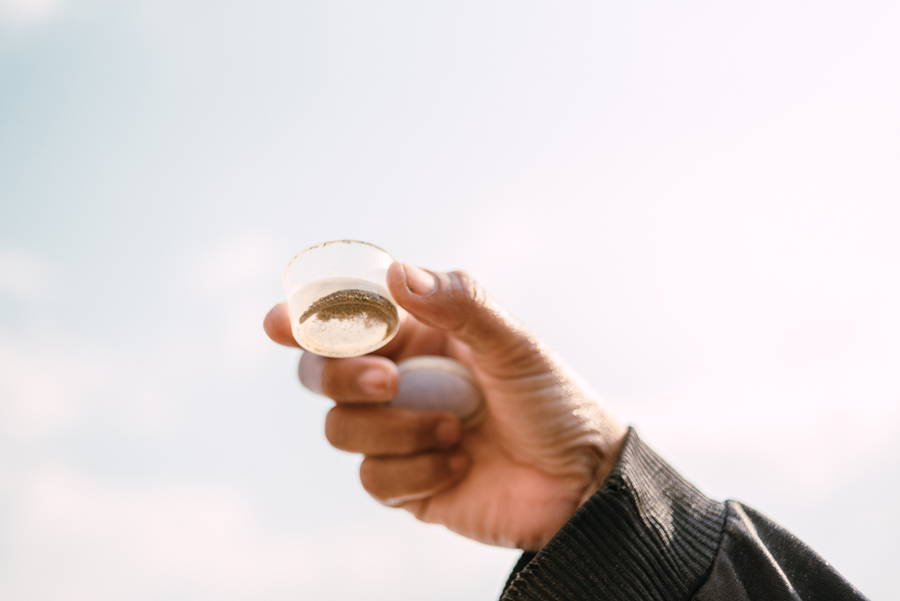
A one day's worth of work
Here’s the bulk of the load. Gathering and managing data is tedious, but is the critical point. Sometimes you’d see missing pieces. And the best thing to do is to revisit your sources to collect the information you need.
This is probably the most time consuming (and possibly frustrating) phase of all. At some point you might also see numbers you didn’t expect - numbers which can shift your perspective. This brings us to the next point…
5.
Research and cross-reference
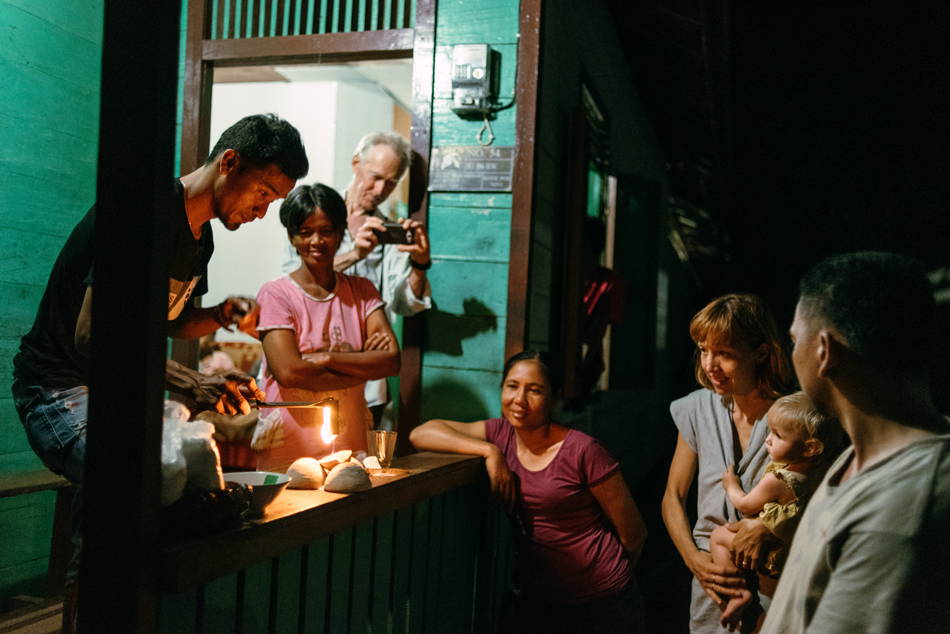
Smelting gold to ore to remove impurities and purify it.
Learn how others are doing their reports. There’re plenty of legitimate reporting systems out there, which you can use and adapt. Create a toolbox of systems to help your process.
For instance, we use the Sustainable Development Goals’s frameworks to help us design our goals.
Life Cycle Analysis is another methodology to assess the environmental aspect of a product or a service throughout its lifetime.
6.
Write and simplify
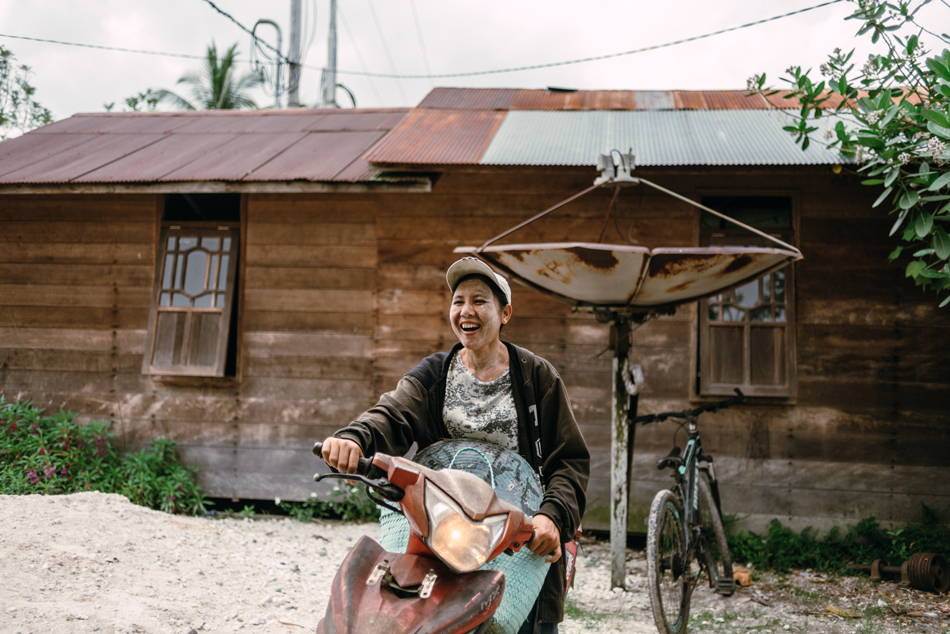
Ibu Lina is a gold miner and sometimes a farmer, too. She moves from creek to creek to find gold. Read her story here.
Write sharply and concisely. Think again about the readers. How much detail do your readers understand and care about?
Use real and specific stories to bring the readers on a journey with you. And most importantly, tell the readers why this is so important to you, and why it’s an urgent issue. Answer the question they might not ask you directly, "why should I care?"
7.
Give it some bling and a splash of color!
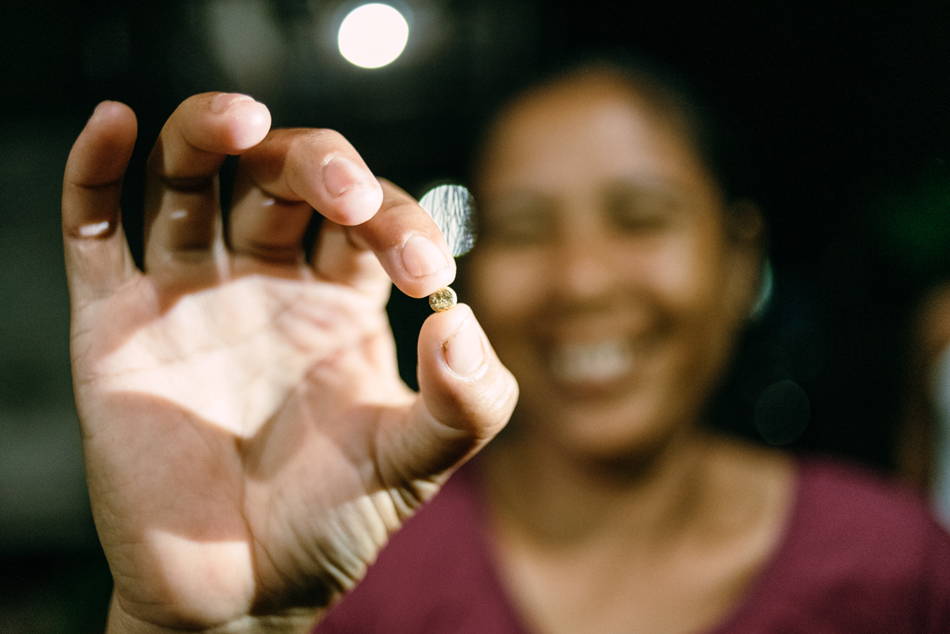
Showing off the gold ore of the day!
Now that the heavy load is done, it’s time to have some fun. How will you present your data?
This is called data visualization, and you can use graphics like charts, plots, infographics, and even animations. These visual displays of information can communicate complex data in a way that is easy to understand and fun to read.
8.
Ready for show!
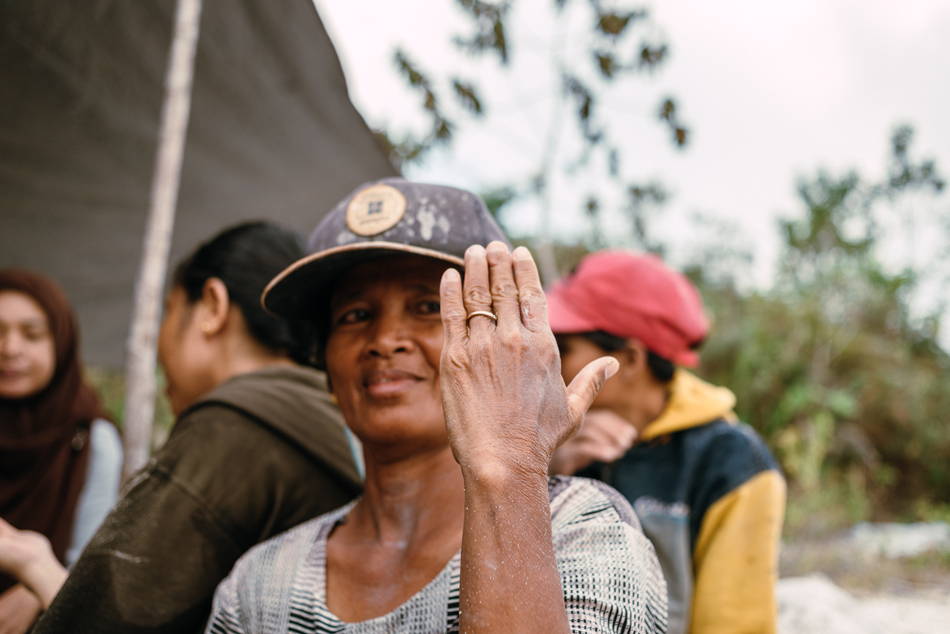
Wearing the gold metal ring they mined.
Share it far and wide. You’d be surprised by how much this exercise will be useful in many other aspects of your business. More importantly, be proud of the long hours you’ve pulled off for months!
Download our 2020 Impact Report to see how we did it. And when you’ve done yours, sit back, relax, and enjoy the fact that you’re now one step closer to achieving your ethical dream!













